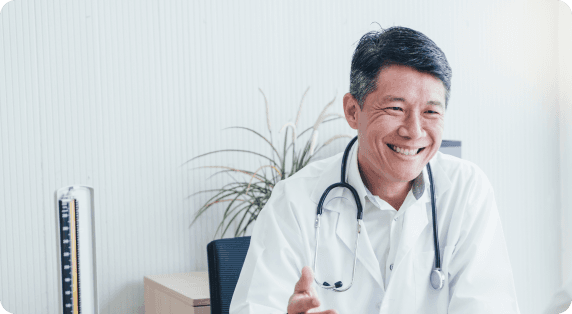Cardiac
The Cholesterol Trap: Why ‘Normal’ Isn’t Always Safe
Medically reviewed and written by Dr Michael MacDonald
04 July 2025
Share

The Cholesterol Trap: Why ‘Normal’ Isn’t Always Safe
You might have “normal” LDL‑cholesterol and feel fine—but dangerous plaque could already be building in your arteries. The PESA (Progression of Early Subclinical Atherosclerosis) study, imaged over 4,100 healthy adults aged 40–54. Shockingly, nearly 50% showed early atherosclerotic plaque despite having LDL levels deemed “normal” and no conventional risk factors (1).
This happens because LDL penetrates the arterial wall and triggers inflammation long before symptoms appear. Arteries can expand to preserve blood flow, so people often feel fine—until a plaque ruptures and causes a heart attack or stroke.
Normal ranges are based on population averages, not what’s optimal for your arteries. If plaque is already present, waiting for numbers to cross pathological thresholds can be deadly.
What you should do now
- Consider advanced imaging like coronary calcium score or carotid ultrasound if you're middle-aged or have any risk factors.
- Lower LDL proactively: Mediterranean-style diet, regular exercise, quitting smoking.
- Be open to statin therapy even if your LDL is “in range.”
In cardiology, prevention is smarter than rescue treatment. Don’t rely on “normal”.
Reference
- National Library of Medicine. (2018, February 6). Normal LDL-Cholesterol Levels Are Associated With Subclinical Atherosclerosis in the Absence of Risk Factors. https://pubmed.ncbi.nlm.nih.gov/29241485/

Senior Consultant Cardiologist



